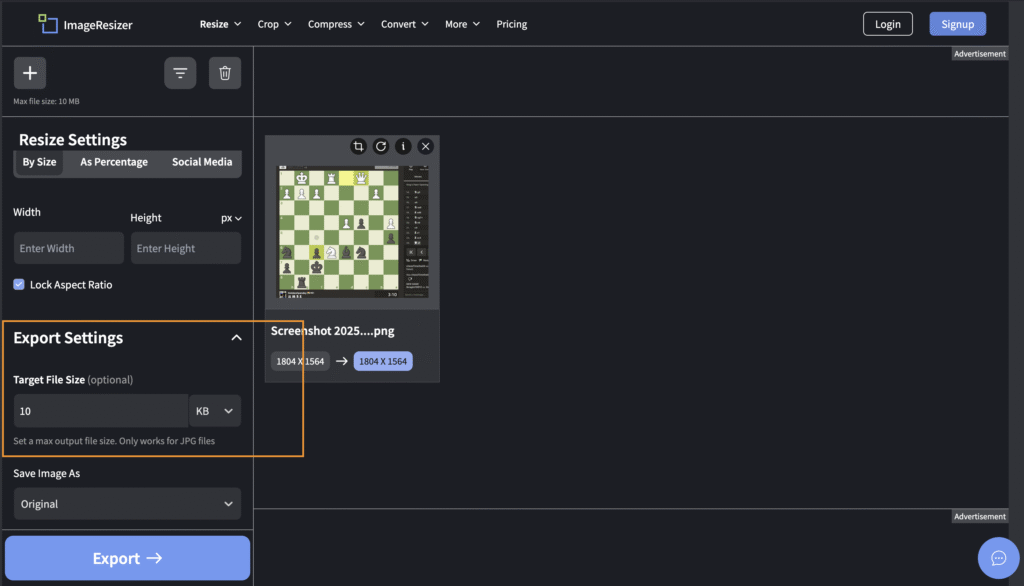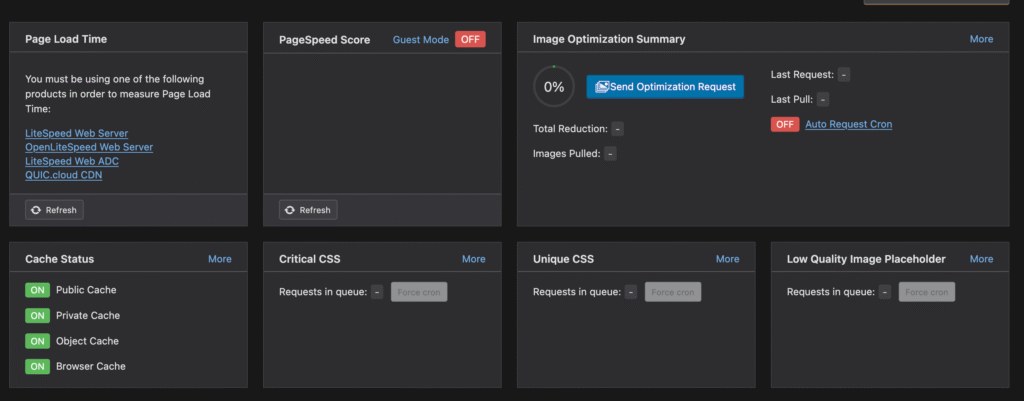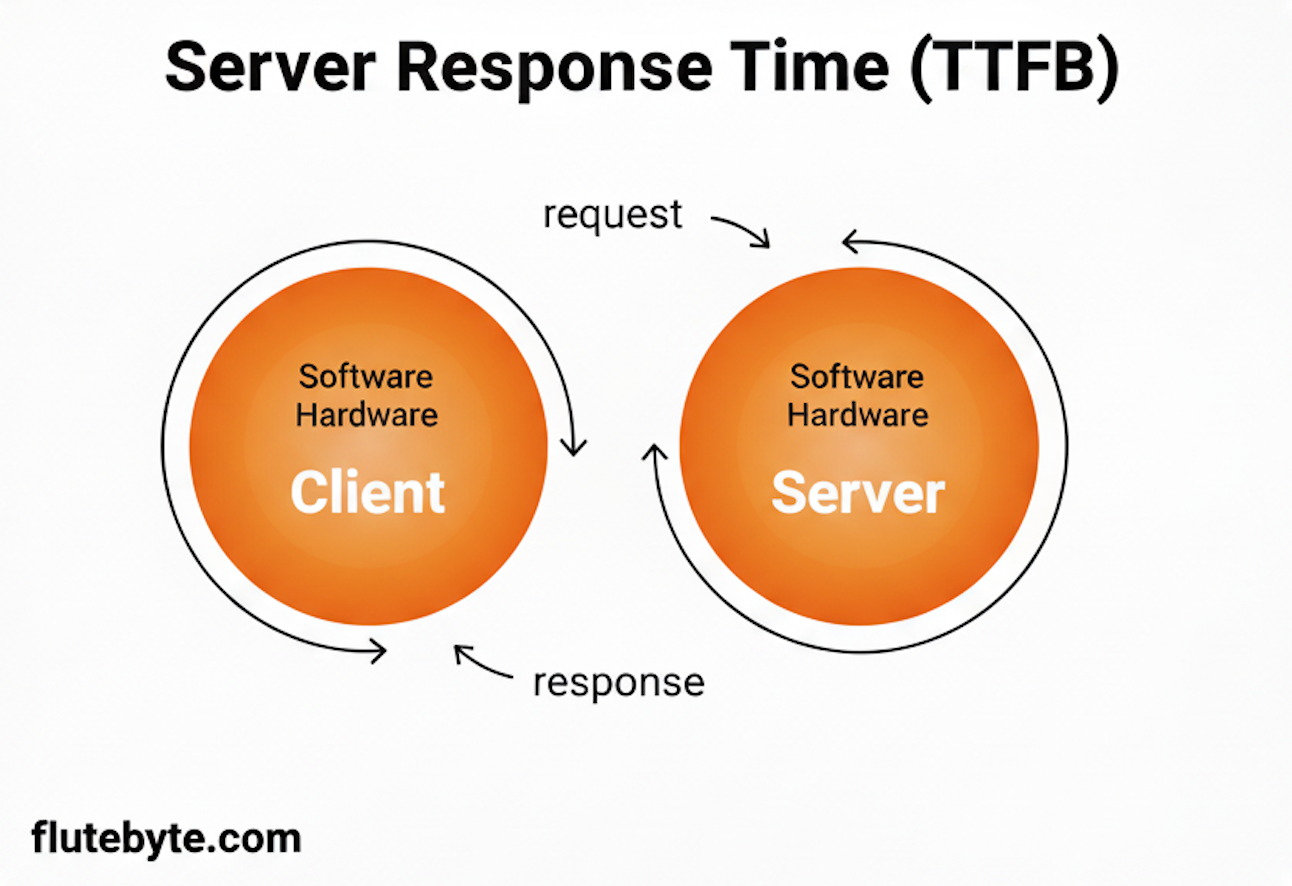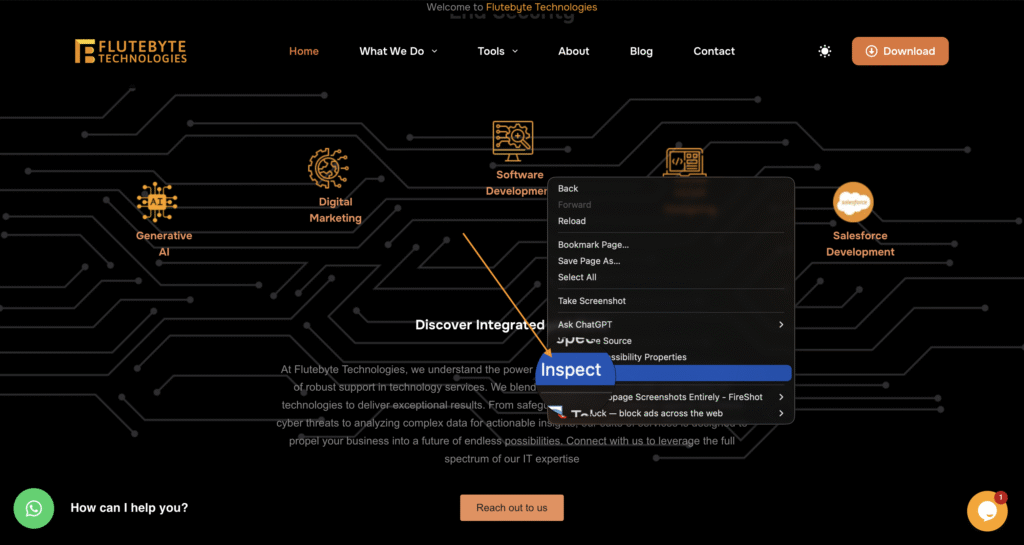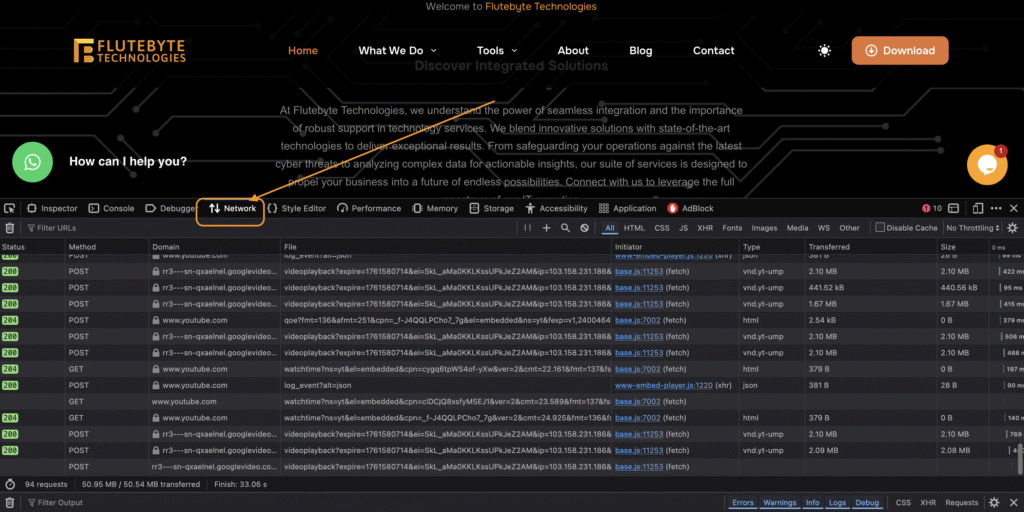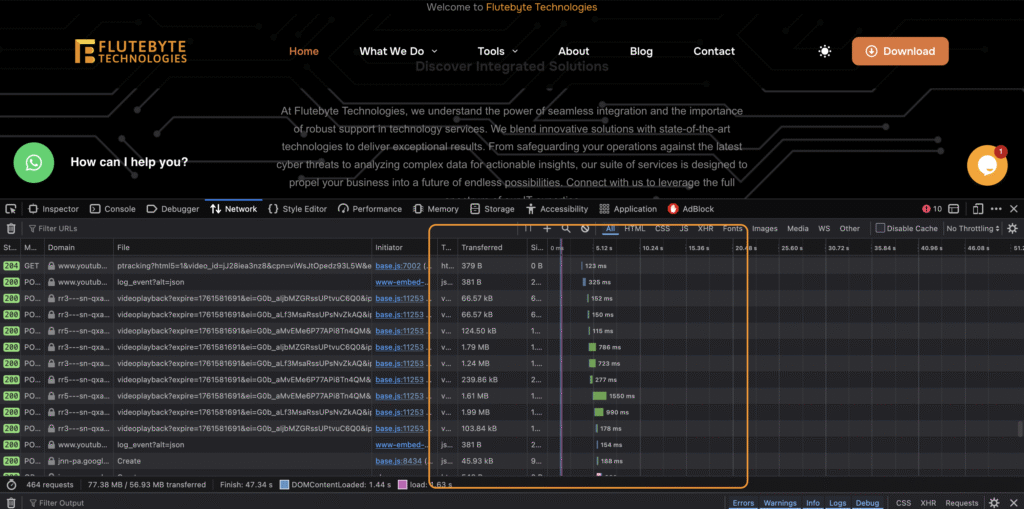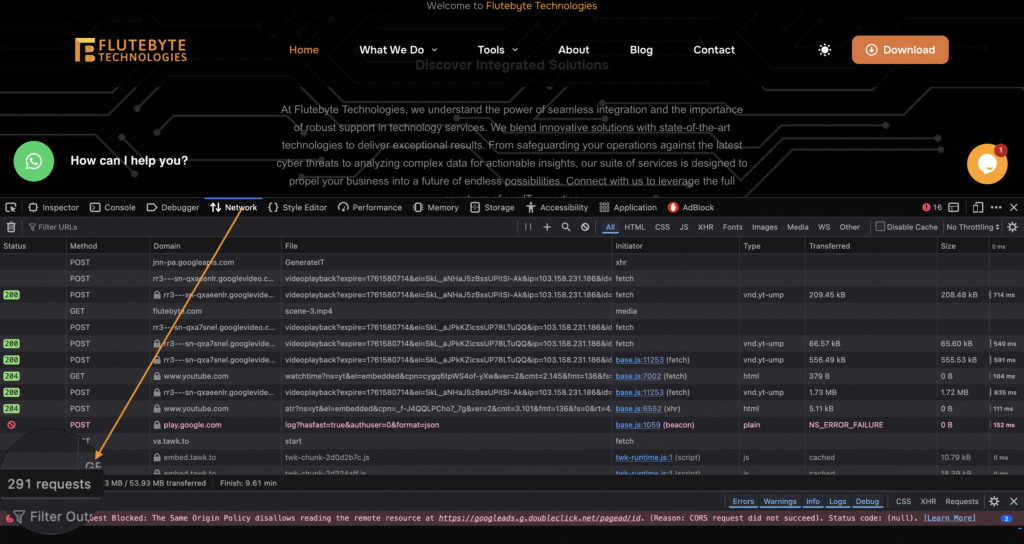Limited Time
--d
--h
--m
--s
Build an App or Website & Get 500 Free Leads
Launch with a head start: fresh, verified, business-specific leads tailored to your niche.
✔ Fresh & Verified
✔ Business-Specific
✔ Industry + Geo Targeting
✔ CSV & CRM-Ready
500 leads
Included with build
7–10 days
Typical delivery
95%+
Verification rate*
Niche
Industry & location

